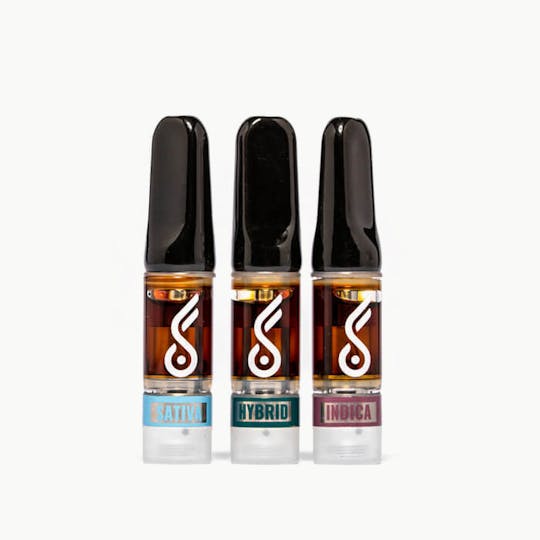
Freedom Pen Cartridge - Durban Poison High Dose
65.0% THC 0.0% CBD Freedom Pen vapor cartridges are strain specific, naturally extracted vapor cartridges. Their taste is unadulterated, true-to-strain terpene profiles and for that reason are unique in a wide and varying vapor cartridge market.
- Earthy
- Woody
- Spicy/Herbal
The benefits of vape pens are many. Offering immediate and effective relief to the user whenever needed because of the high potency of concentrates, a little goes a long way, and the user can control how much they ingest. A much less harmful alternative to smoking, the vapor inhaled is virtually free of toxins and carcinogenic residue and easier on the lungs. Nor does it create second-hand smoke. Another tremendous benefit is portability, discretion, and ease of use. Producing only a wisp of vapor and almost no odor, people can use them anywhere at any time in privacy.
Durban Poison has deep roots in the Sativa landrace gene pool. The strain’s historic phenotypes were first noticed in the late 1970s by one of America’s first International strain hunters, Ed Rosenthal. According to cultivation legend, Rosenthal was in South Africa in search of new genetics and ran across a fast flowering strain in the port city of Durban. After arriving home in the U.S., Rosenthal conducted his own selective breeding process on his recently imported seeds, then begin sharing. Rosenthal gave Mel Frank some of his new South African seeds, and the rest was cannabis history.
Frank, who wrote the “Marijuana Grower’s Guide Deluxe" in 1978, modified the gene pool to increase resin content and decrease the flowering time. In search of a short-season varietal that could hit full maturation on the U.S. East Coast, Frank’s crossbreeding efforts resulted in two distinct phenotypes, the “A” line and “B” line. The plant from Frank’s “A” line became today’s Durban Poison, while the “B” line was handed off to Amsterdam breeder David Watson, also known as “Sam the Skunkman.”
Durban Poison has a dense, compact bud structure that’s typical of landrace Indica varieties, but the flowers’ elongated and conical shape is more characteristic of a Sativa.